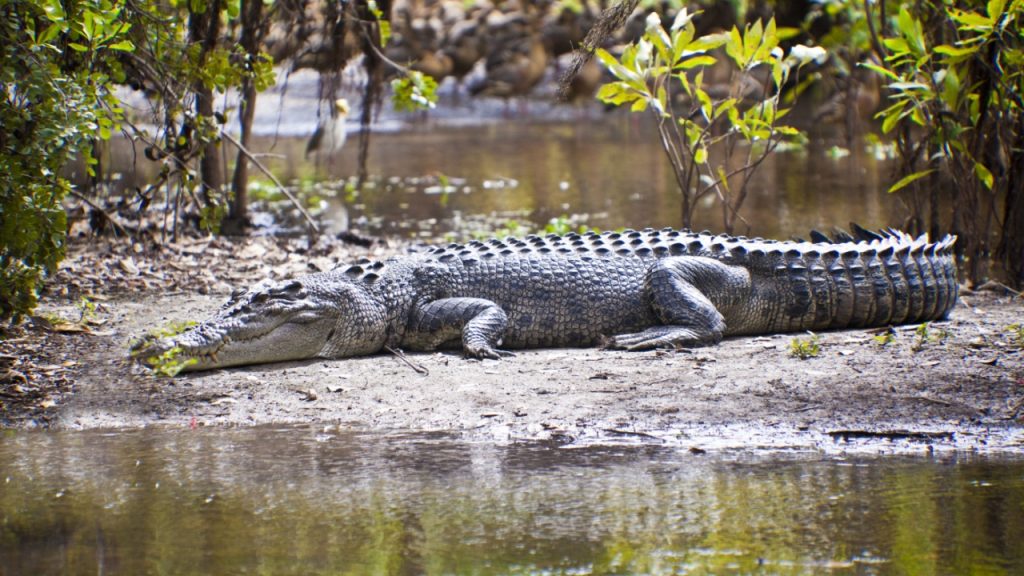Australia is home to some of the world’s most fascinating and fearsome wildlife. While crocodiles often grab the headlines, the Land Down Under harbors many other creatures that pack a deadly punch. From tiny spiders to jellyfish smaller than your fingernail, these animals prove that size isn’t everything when it comes to danger. Australia’s vast landscape means you’re unlikely to encounter most of these creatures, but it’s still wise to know what’s out there. Ready for a journey through Australia’s most dangerous beasties? Buckle up as we explore 15 creatures that make crocodiles look like cuddly toys.
Portuguese Man-of-War
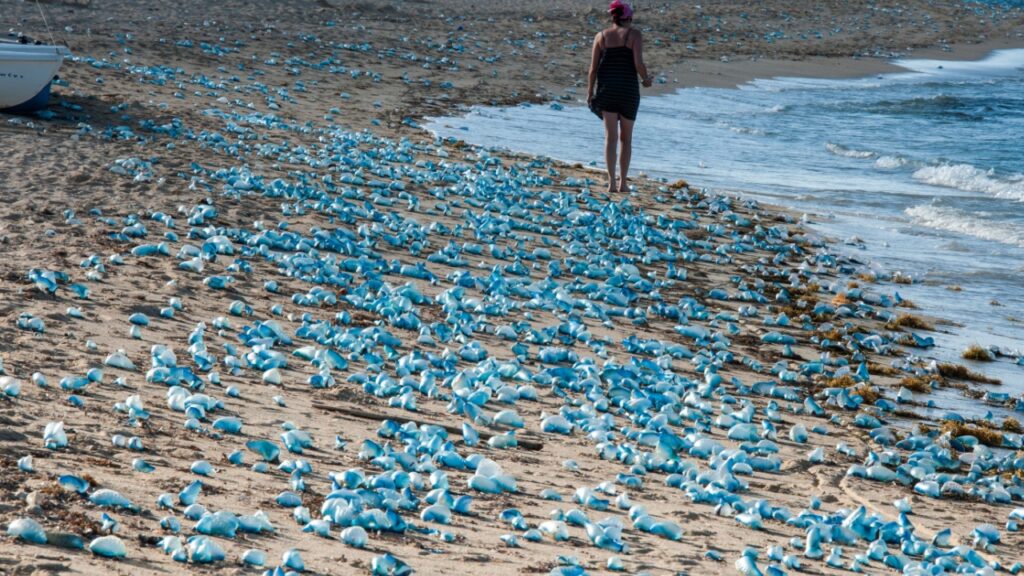
Don’t be fooled by its balloon-like appearance – the Portuguese Man-of-War is a force to be reckoned with. This creature, often mistaken for a jellyfish, is actually a colony of organisms working together. Its long tentacles can stretch up to 30 meters and are covered in venom-filled nematocysts. A sting from these tentacles can cause excruciating pain, fever, shock, and even death in rare cases. Even dead specimens washed up on beaches can deliver a painful sting, so it’s best to admire these beautiful but dangerous creatures from a safe distance.
Box Jellyfish
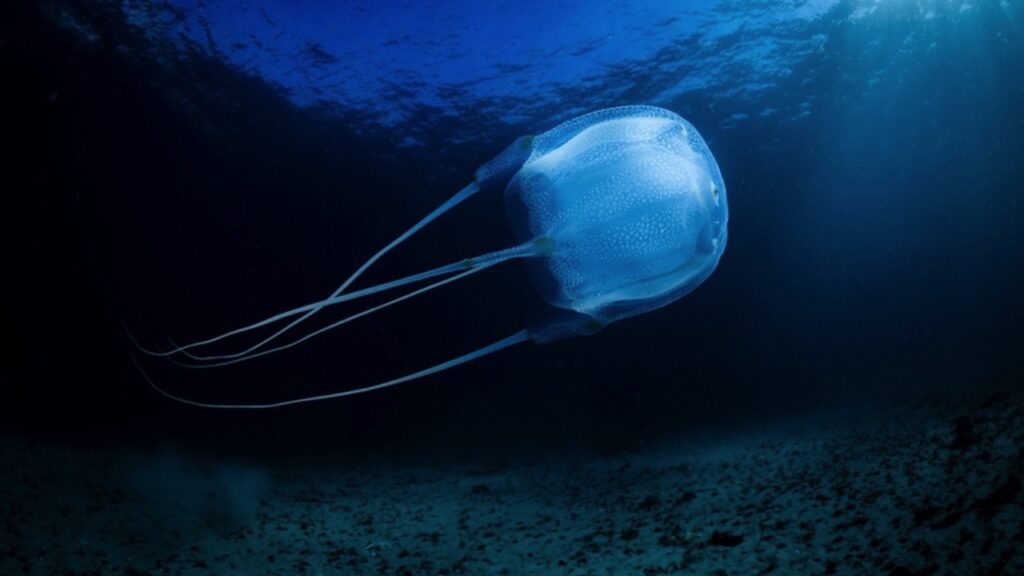
The box jellyfish might look harmless, but don’t be fooled. This see-through terror is often called the most venomous creature in the world. Its tentacles are covered in tiny darts filled with poison. One sting can cause heart failure in minutes, making it far deadlier than any snake or spider.
Sydney Funnel-web Spider
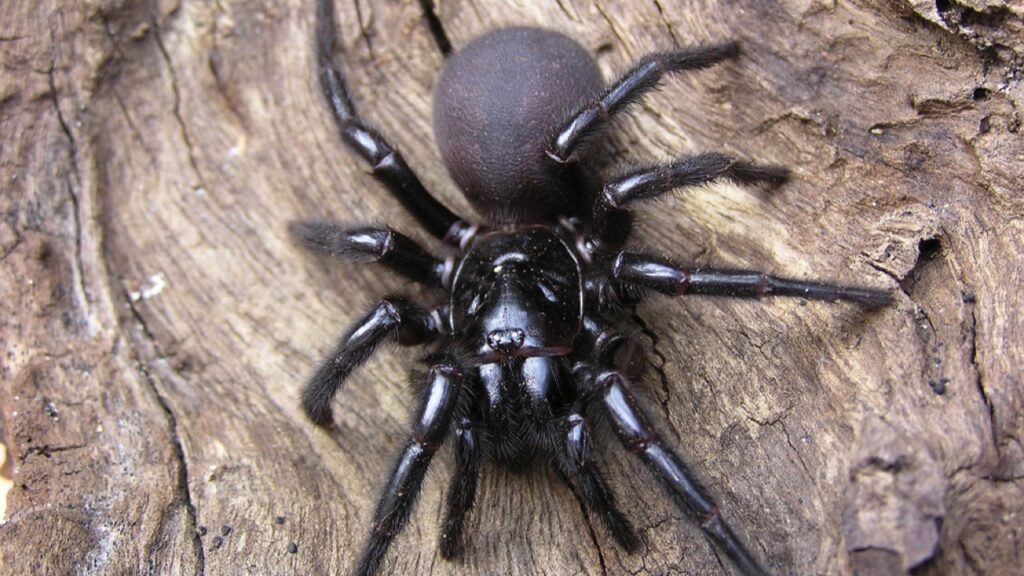
This spider’s fangs can pierce through shoe leather. The Sydney funnel-web is aggressive and packs a potent venom. Before an antidote was created, its bite could kill a human in just 15 minutes. These spiders like to hide in dark, moist places, so always check your shoes before putting them on!
Blue-ringed Octopus
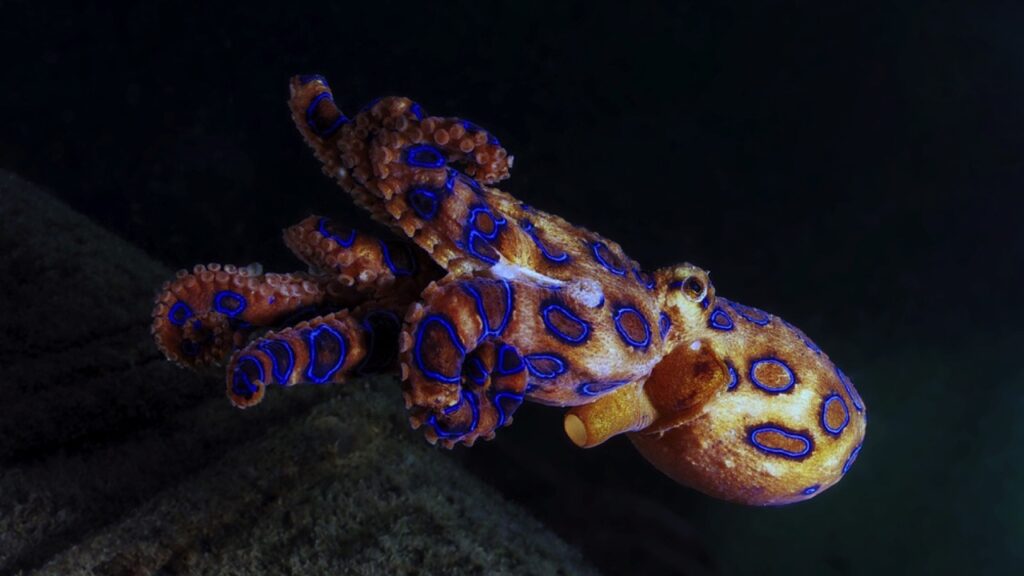
Don’t let its small size fool you. The blue-ringed octopus is only the size of a golf ball, but its venom is strong enough to kill 26 adults in minutes. When threatened, it flashes bright blue rings as a warning. If you see these rings, it’s best to slowly back away.
Inland Taipan

Known as the “fierce snake,” the inland taipan is the most venomous land snake in the world. One bite contains enough venom to kill 100 adult humans. Luckily, these snakes are shy and rarely encountered by people. They prefer to avoid confrontation and only strike when cornered.
Stonefish
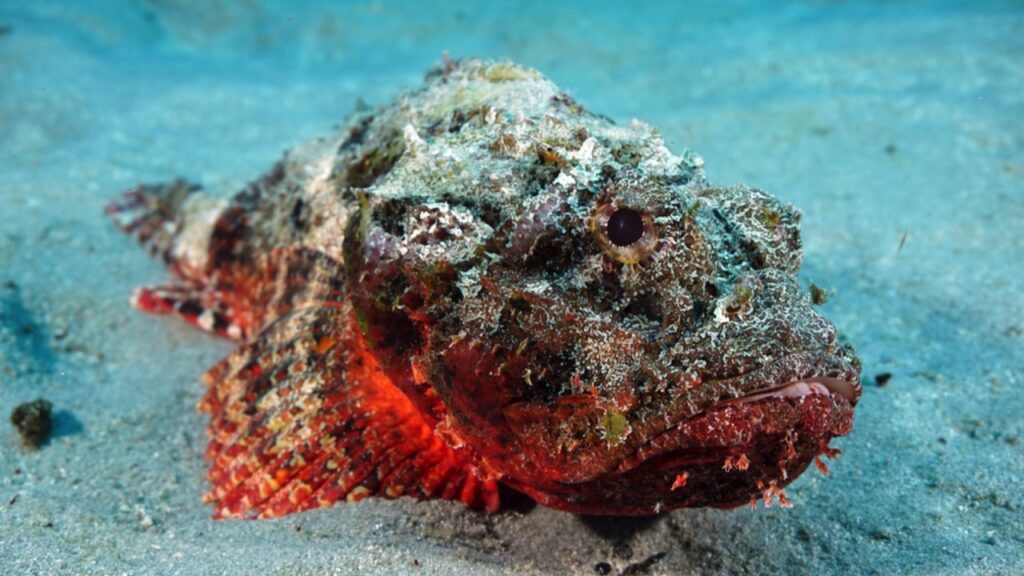
The stonefish is a master of camouflage, blending perfectly with rocky sea floors. It’s also the most venomous fish in the world. Stepping on a stonefish can cause excruciating pain, paralysis, and even death if left untreated. Always wear shoes when walking in shallow coastal waters.
Irukandji Jellyfish
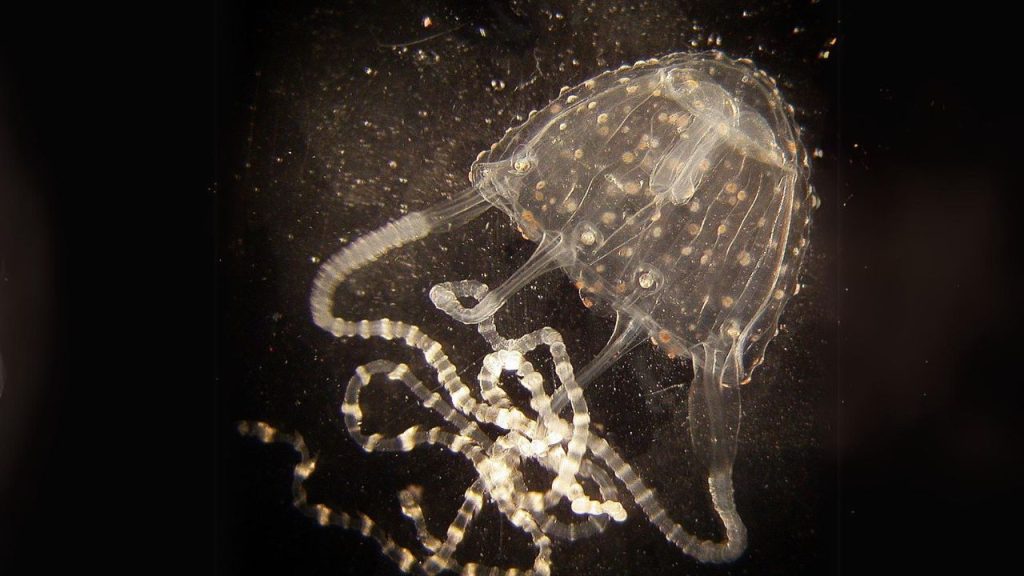
The Irukandji jellyfish is tiny, but its sting packs a huge punch. No bigger than a fingernail, its venom causes “Irukandji syndrome” – a set of symptoms so painful that victims have begged doctors to let them die. Despite its small size, it’s considered one of Australia’s deadliest creatures.
Saltwater Crocodile
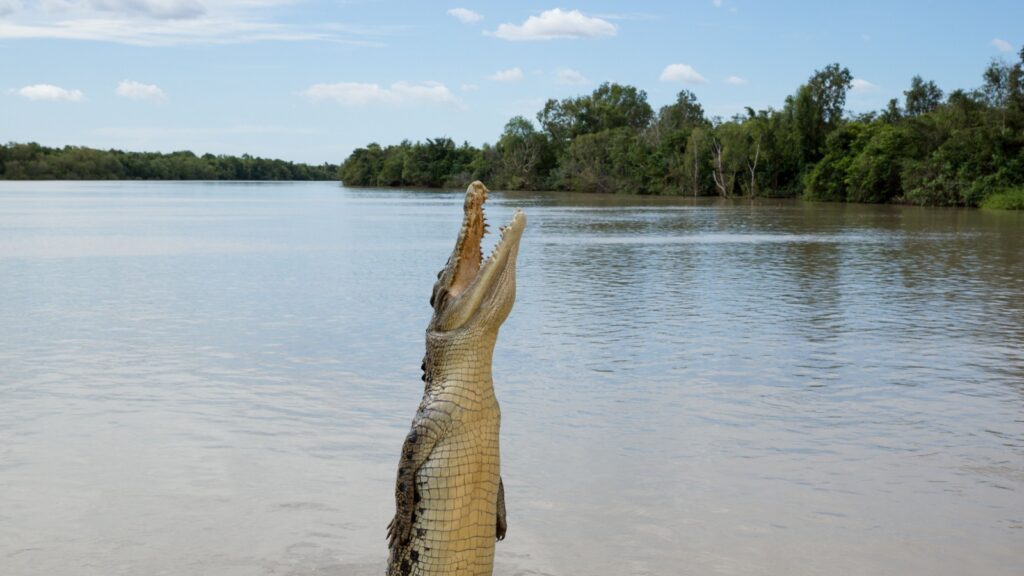
While not the most dangerous on this list, the saltwater crocodile deserves mention. These massive reptiles can grow up to 23 feet long and are known for their aggressive nature. They’re excellent swimmers and have been spotted far out at sea. Always heed warning signs near waterways in northern Australia.
Coastal Taipan
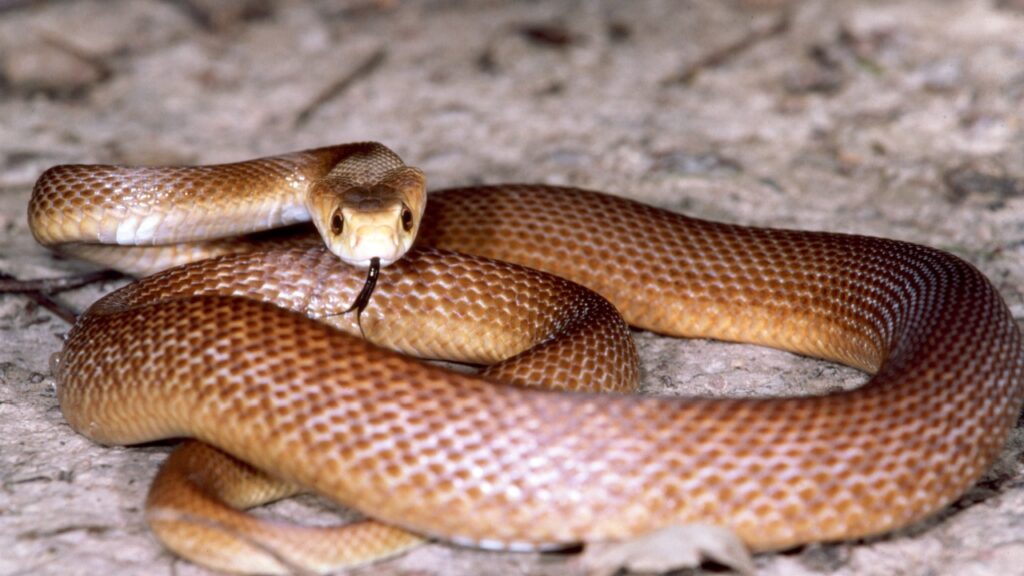
The coastal taipan is not only extremely venomous but also very fast and aggressive when cornered. Its venom affects the nervous system and blood, causing paralysis and uncontrollable bleeding. Before antivenom was developed, its bite had a nearly 100% fatality rate.
Bull Shark
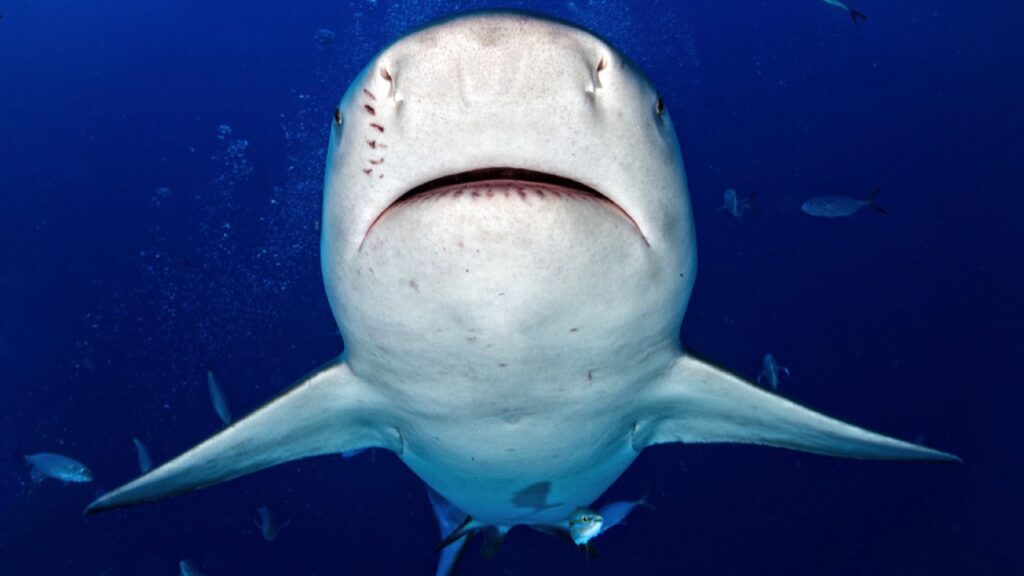
Bull sharks can survive in both salt and fresh water, making them a threat in coastal areas and far up rivers. They’re known for their aggressive nature and powerful bite. These sharks are responsible for many attacks on humans, often in shallow waters where people are swimming or surfing.
Eastern Brown Snake
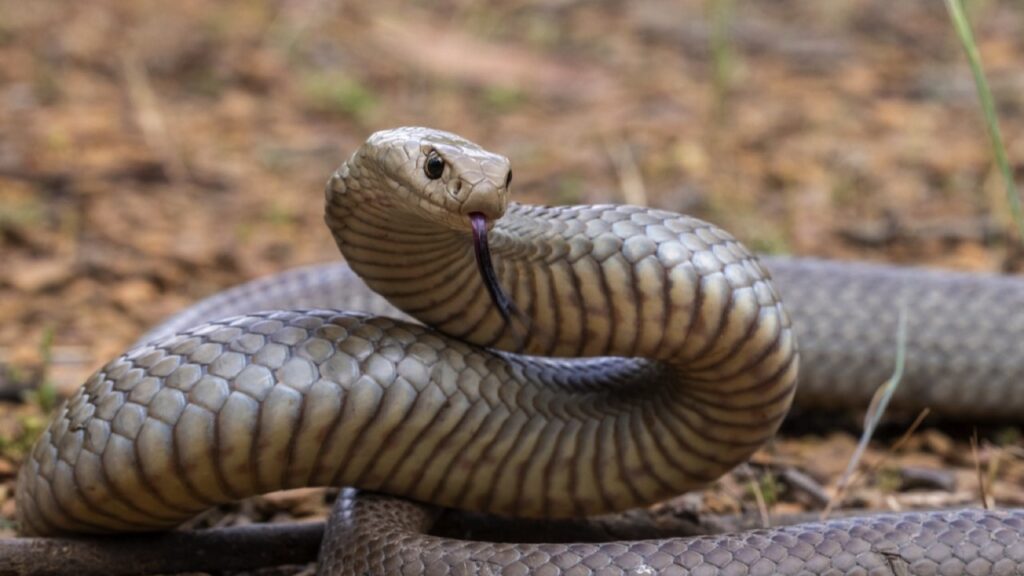
The eastern brown snake is fast-moving, aggressive, and responsible for more deaths in Australia than any other snake. Its venom causes progressive paralysis and stops the blood from clotting, which can lead to death from cerebral hemorrhage. They’re often found in populated areas, increasing the risk of human encounters.
Redback Spider
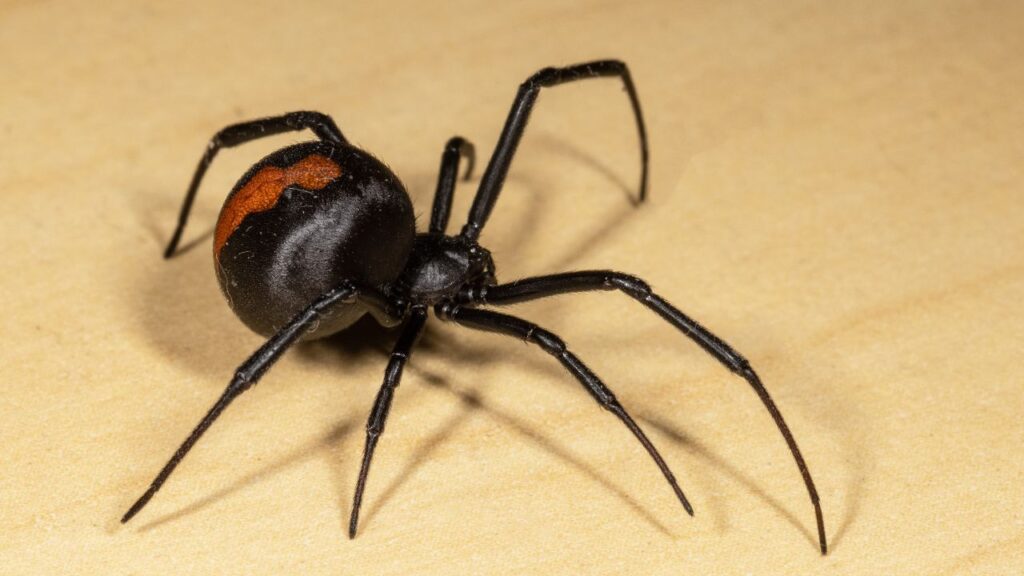
The redback spider is found all over Australia, even in urban areas. Its distinctive red stripe makes it easy to identify. While its bite rarely causes death thanks to antivenom, it can cause severe pain, sweating, nausea, and vomiting. These spiders often hide in outdoor furniture and equipment, so always check before sitting or grabbing.
Cone Snail
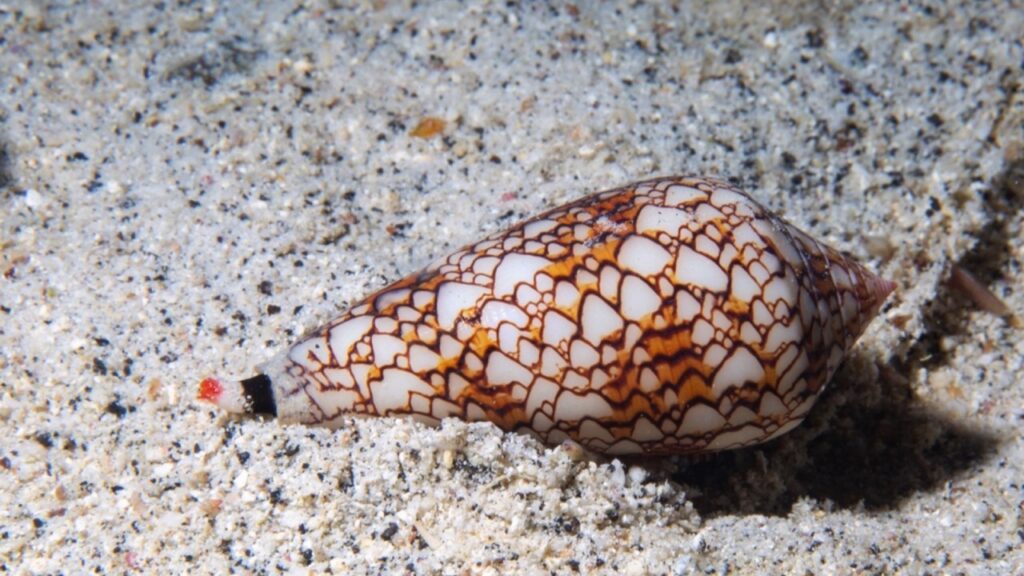
The cone snail looks beautiful, but picking one up could be the last thing you do. Its harpoon-like tooth can inject a powerful venom, causing paralysis and respiratory failure. There’s no antidote, and a single sting has enough venom to kill 20 humans. If you see one, admire it from afar.
Blue-banded Bee
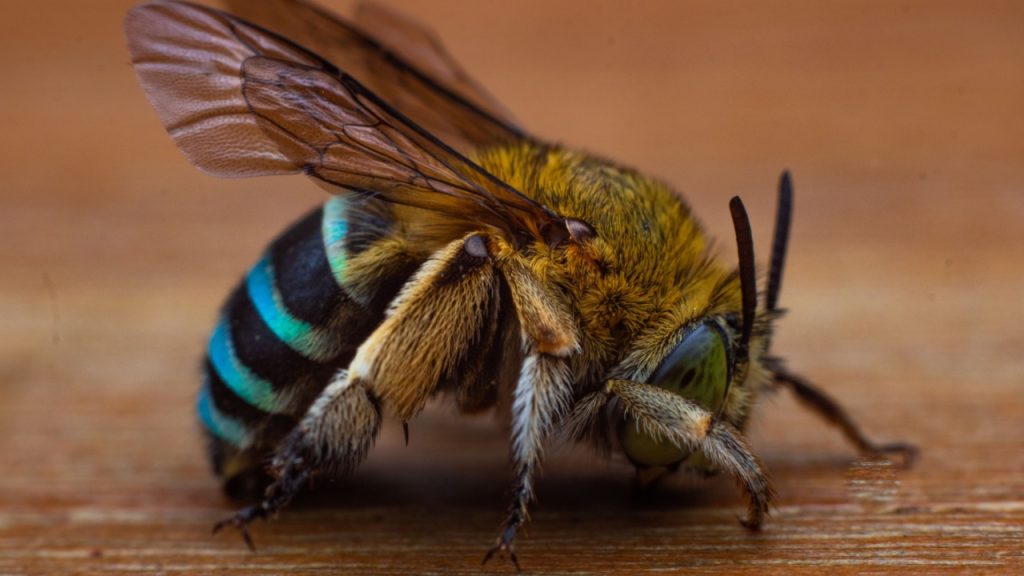
While not typically deadly, the blue-banded bee deserves a mention for its painful sting. These beautiful bees are important pollinators but can deliver a sting four times more painful than a honey bee. They’re generally non-aggressive but will defend themselves if threatened.
Platypus
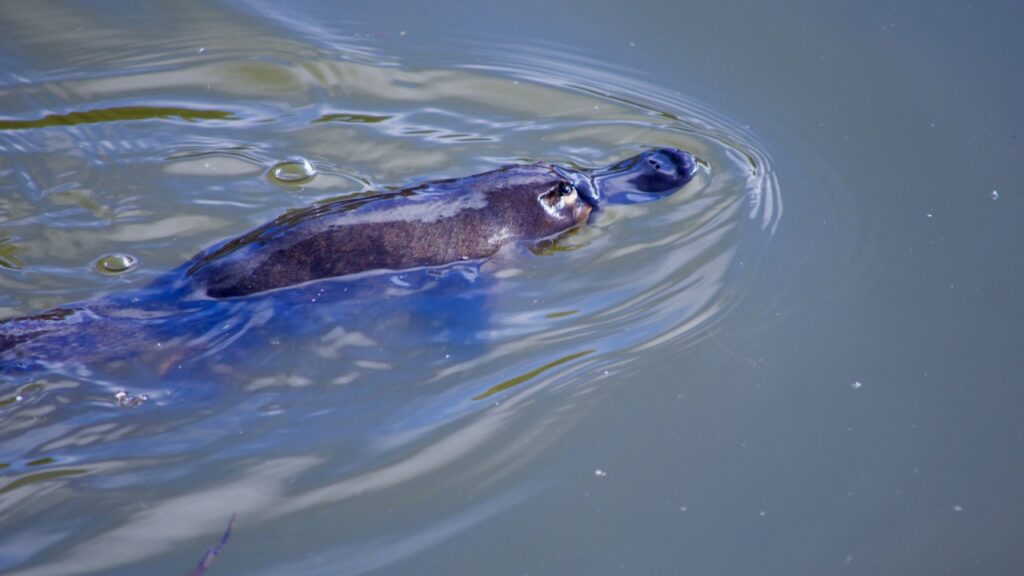
Surprise! The cute and cuddly platypus makes our list. Male platypuses have venomous spurs on their hind legs. While not lethal to humans, a jab from these spurs causes excruciating pain that can last for months. It’s a reminder that in Australia, even the adorable animals can be dangerous.

